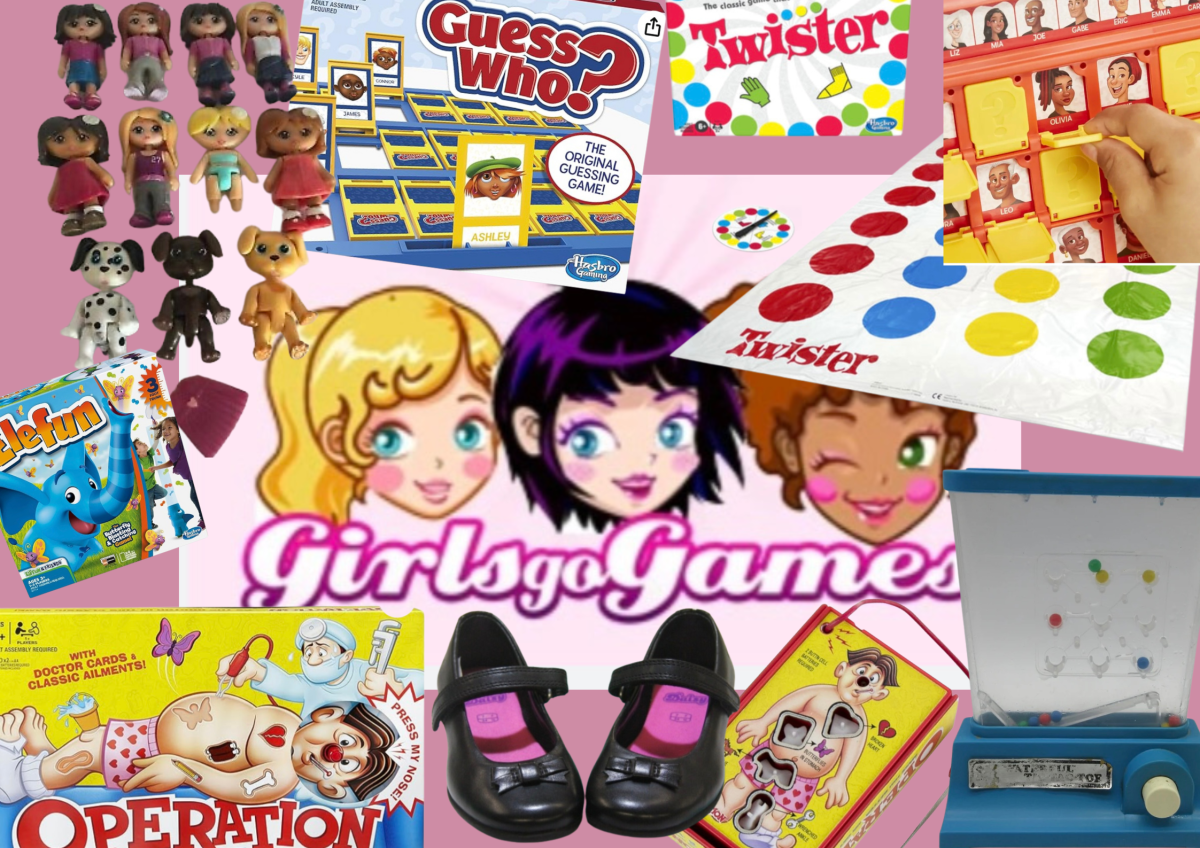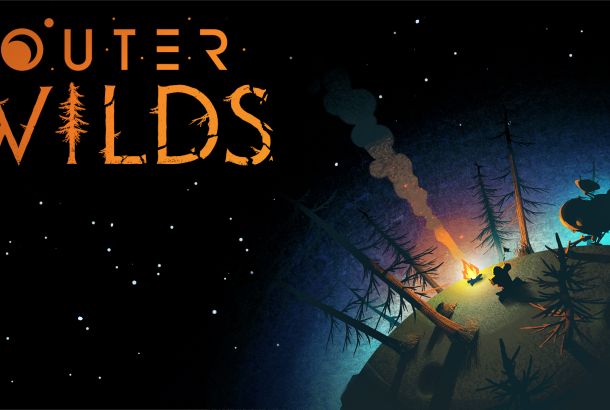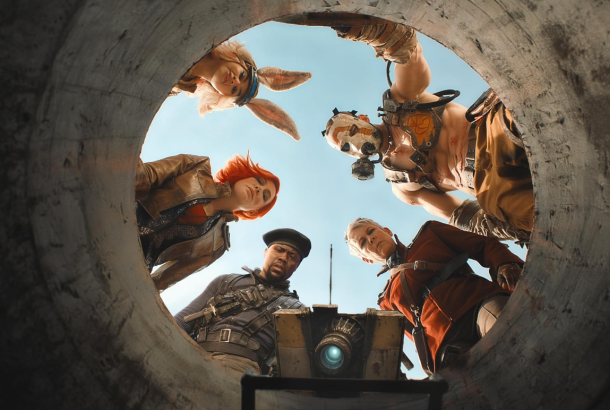Boys can cry, and girls can game

Everyone seems to be harking on about how we live in the digital age. We spend our days wistfully waiting to switch from the ‘bad screen’ (work laptop) to the ‘good screen’ (home laptop), or hopping between the ‘bad site’ (Teams) to the ‘good site’ (Twitter). The insults “go outside and touch grass,” “don’t you know there’s a life beyond that screen?” or – my mother’s favourite – “always glued to that screen” are something I hear regularly.
With this digital age comes a rise in digital games; none of which have a patch on the physical games of the 2000s and 2010s which were whipped out at all times of day, on all occasions. With this in mind, I’ve given myself the Everest-esque quest of paying homage to the physical games that defined my younger years. Strap yourself in for some nostalgia.
Twister
Starting first with a game that defined the ‘children’s corner’ at adult parties: Twister. Don’t know how to bond a group of snotty-nosed, odd-sock-wearing kids? Get the Twister mat out. The same goes for pres at Uni – hopefully without the snot, probably still with the odd-socks – get the Twister mat out. This game not only bends your spine and your mind, but keeps you humble: one wrong body part on the wrong spot, and it’s game over. A very effective way of teaching kids their hands from their elbows.
Elefun
Elefun was the perfect way to let hyperactive, sugar-filled kids let off some steam. Or, to make kids become hyperactive and crave the sweet hit of a Capri Sun and Haribos. No matter where this game was unveiled – from parties in village halls, to in the lounge after school – it encouraged kids to chase the butterflies which spouted out of the elephant’s mouth and into the air like it was the most important task. What made it all the more magical was that, for some time, the elephant’s trunk stood at a taller height than I did, dwarfing me with its powerful spurting out of butterflies.
Waterfall ring toss
This was a way of bringing the arcade to your dining room table. The objective of Waterfall Ring Toss is to prod the buttons and catch the hoops on the sticks, and it’s infuriatingly difficult. More than anything, I just got frustrated at the game; I have a vision of staring at my opponent as their nose was centimetres away from the bubbling water, tongue poking out, brow furrowed, focused on success.
Guess Who
The objective of this board game is to guess the identity of the other player’s character. Through a series of “yes/no” questions, characters are eliminated until one is left. Is this the origin of bitching? The sound of the bright red or blue plastic slapping the kitchen table is etched in my mind, alongside my spirit of choice – orange squash – which I’d voraciously sip on during the game.
Clarks’ shoes with dolls
British culture peaked when Clarks began to sell shoes which had a hidden doll in the insole. Lelli Kelly, but for daily wear. This doll – which you could tear from limb to limb if you wished, or swap their dresses around – was the playground’s version of Barbie. I remember stacking my collection of dolls in the inner pocket of my primary school satchel on the sly, which is more economically thrifty than buying a new pair of shoes for a new doll. Essentially, you could play ‘mummies and daddies’ with the heel of your shoe alone. Despite Clarks’ reputation as a trusty school shoe shop, it functioned more like a trap door for your feet to be permanently hunched around.
Operation
Operation had children on the clock from an early age. It sounds like a nightmare; children, scissors, scalpels, and a body sliced in half from head to toe. The future of the NHS was trained by this fiddly game. I can’t quite credit the game alone for teaching me hand-eye coordination and fine motor skills, but I can give it some credit for encouraging a generation of children to be morbidly fascinated by the insides of the body.
As technology has advanced, so have digital games. Readily available – usually at an extortionate price – digital games can be held responsible for parent-imposed deadlines on children’s “screen time.” Doodle Jump, iBeer, Stardoll, and the Wii have well-earned places in the Games Hall of Fame. But, in my mind, none of them have a patch on the physical games that held me captive for the majority of my younger years. Don’t get me started on card games though – brain switched off, ears tuned out.







